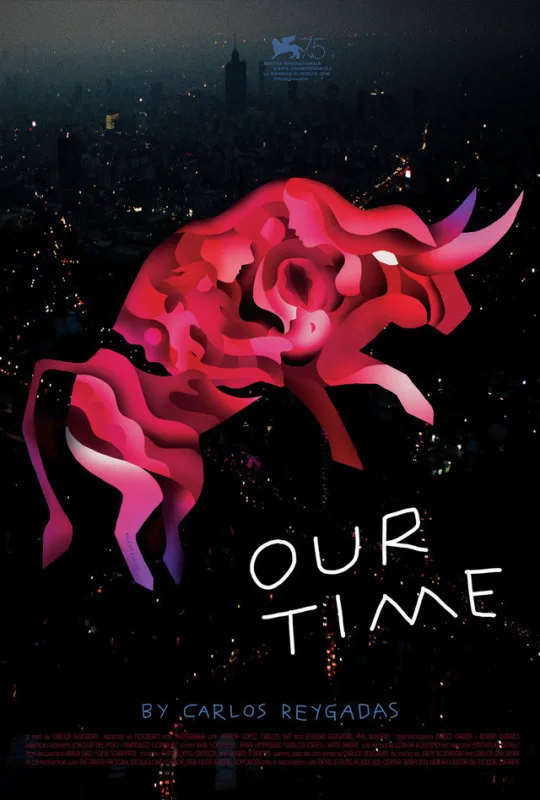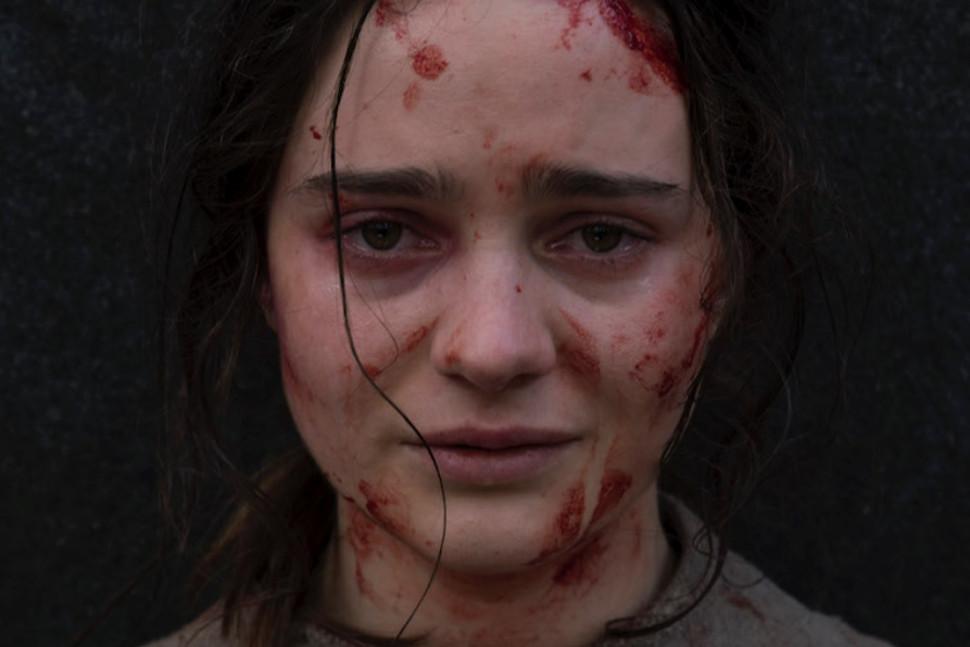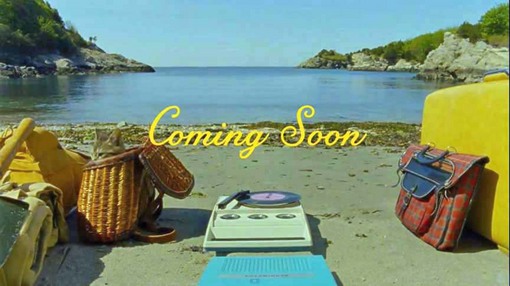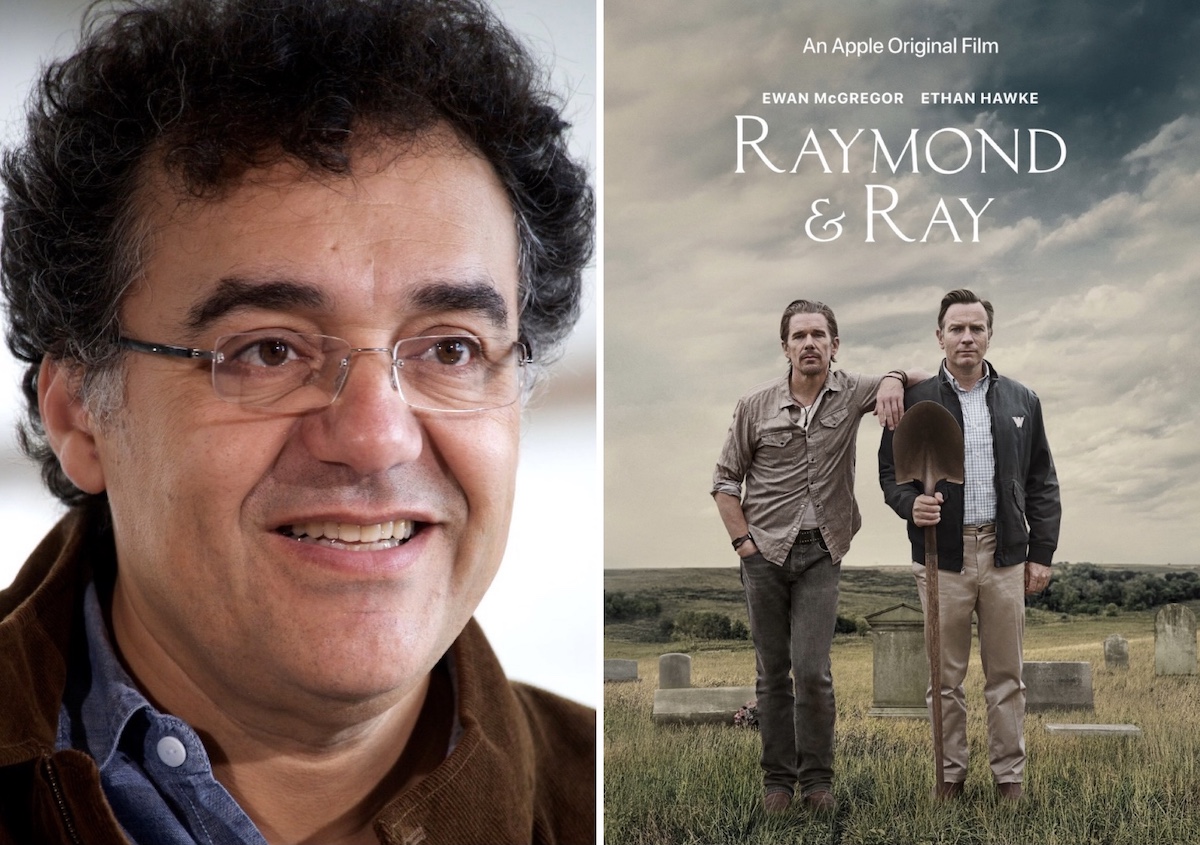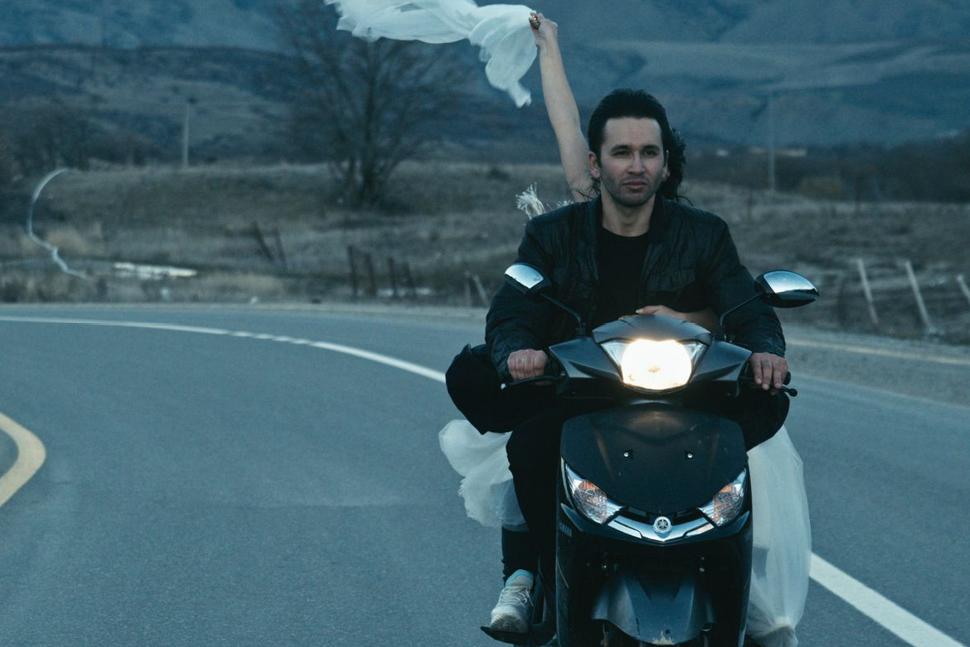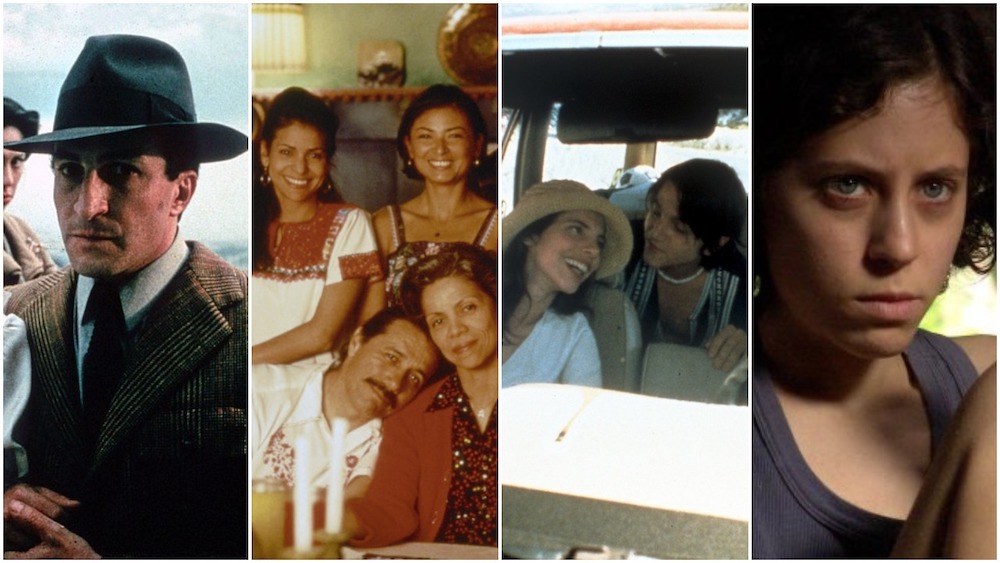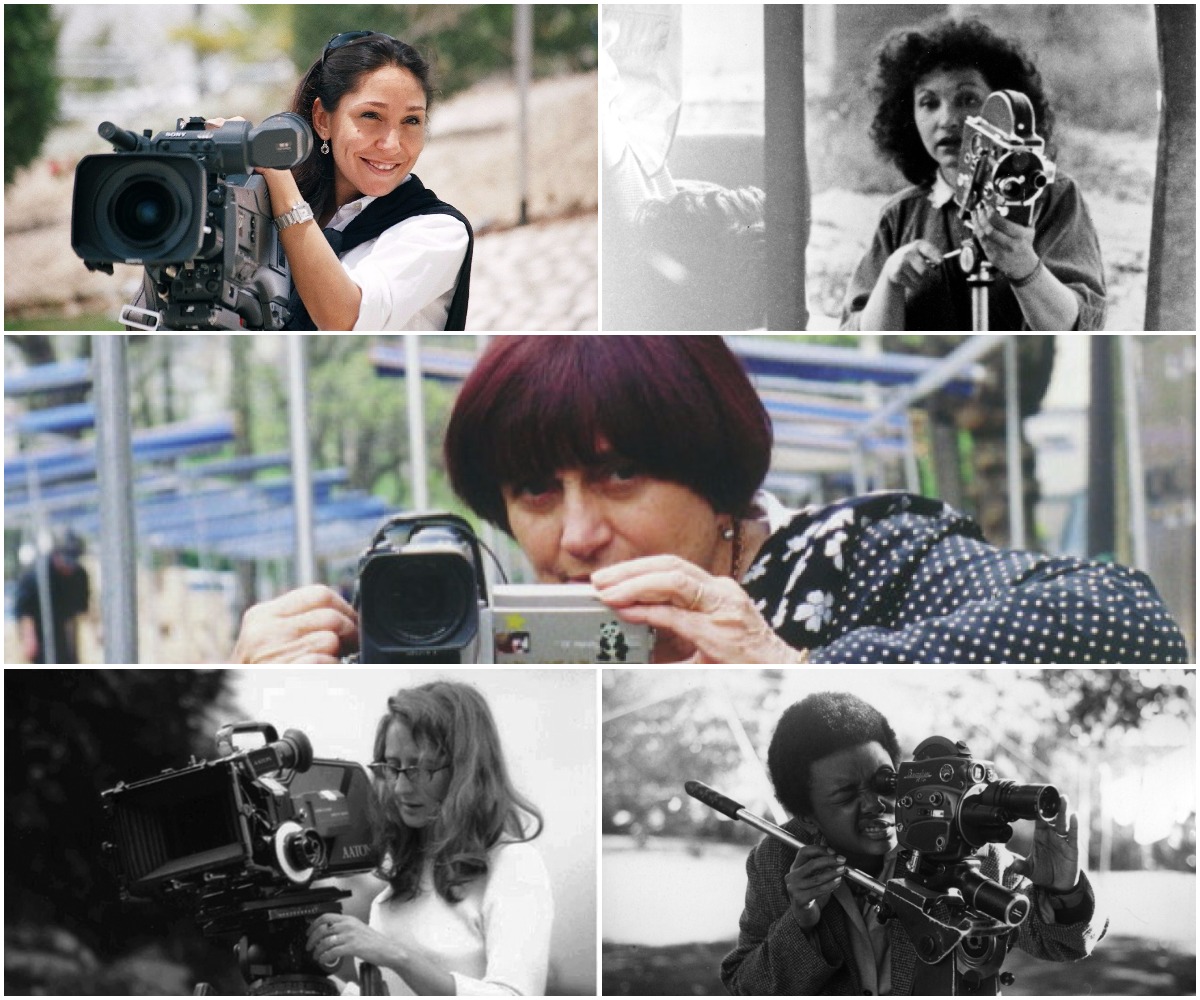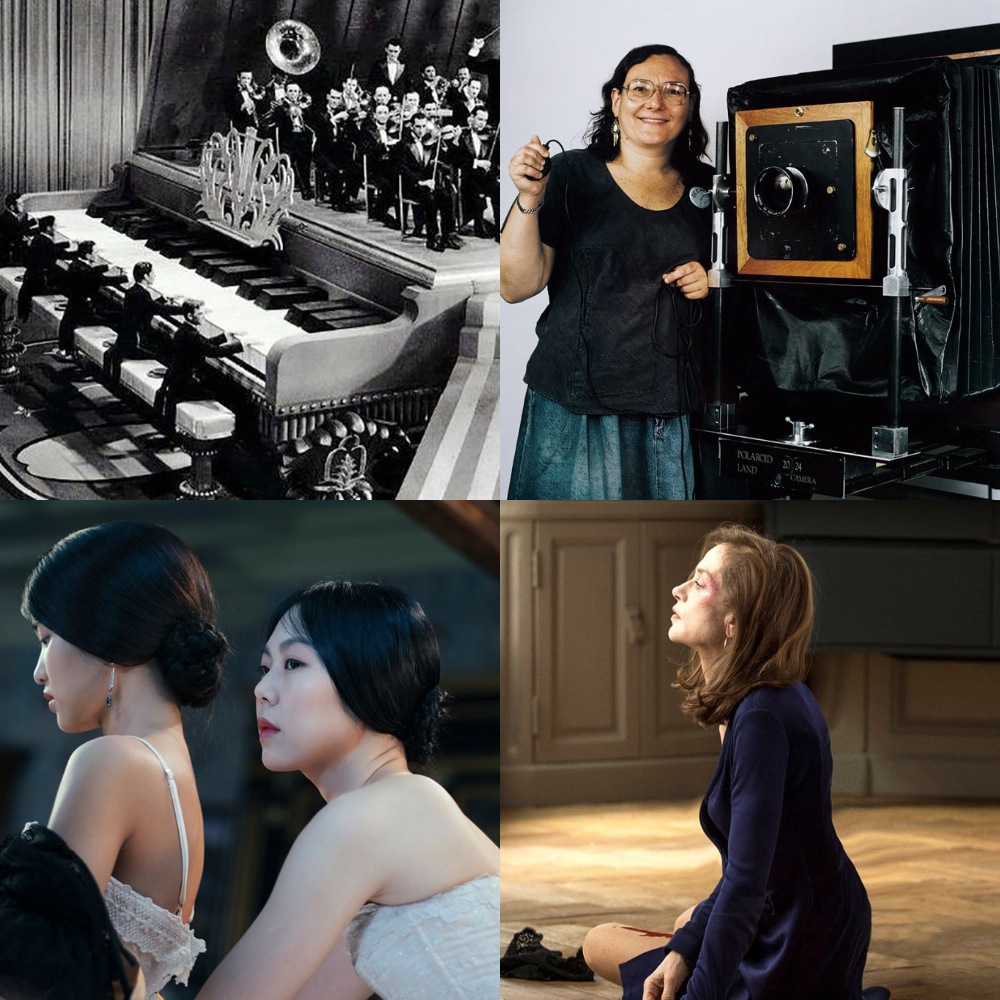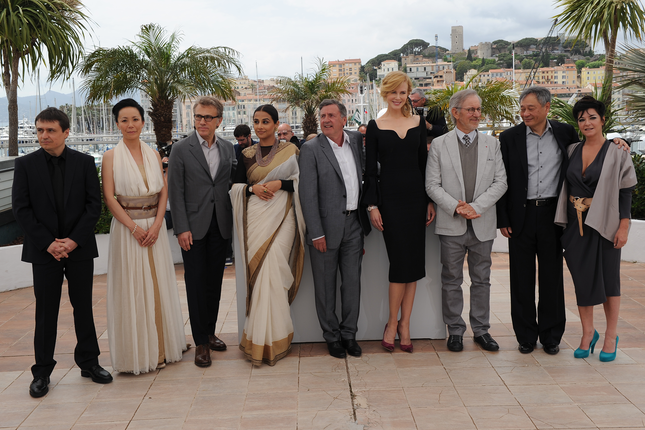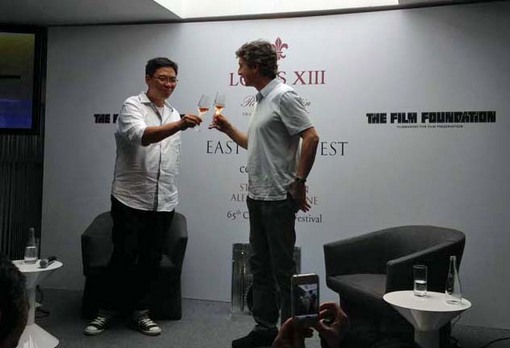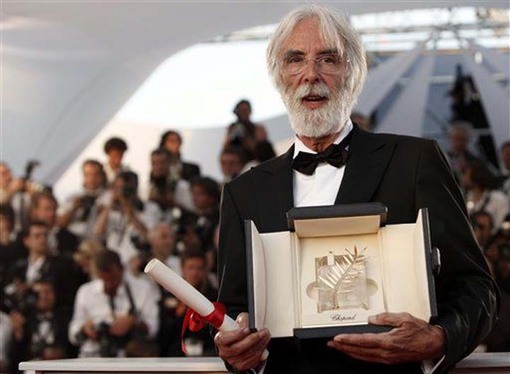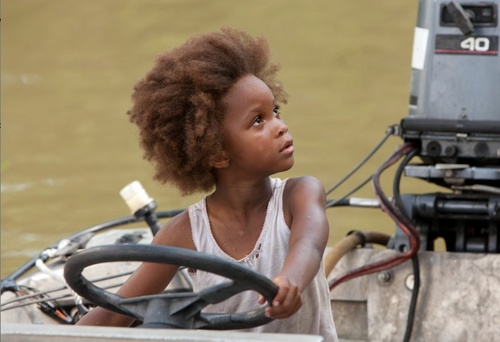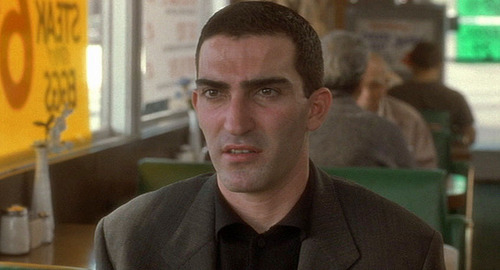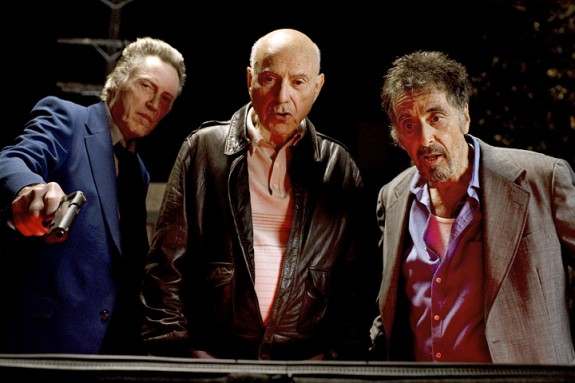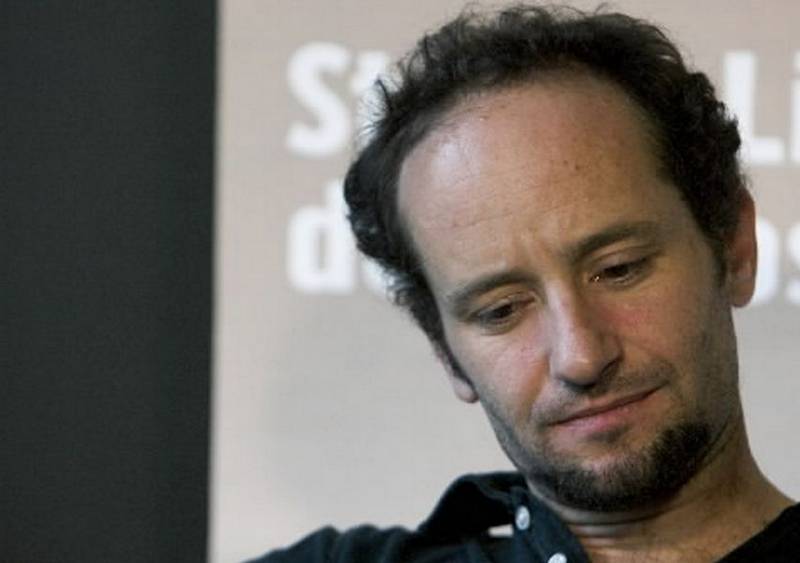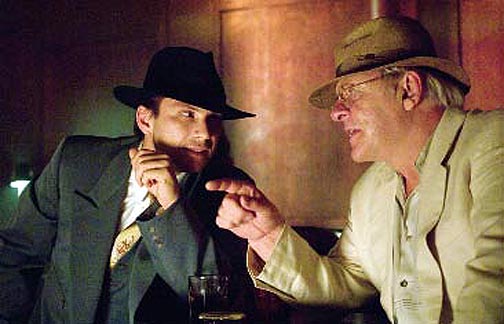Carlos Reygadas Movie Reviews
Blog Posts That Mention Carlos Reygadas
Venice Film Festival 2018: The Nightingale, Nuestro Tiempo
Glenn Kenny
If it’s springtime, it must be Cannes
Barbara Scharres
Opening Shots: Silent Light
Jim Emerson
I Won’t Know If I’m Coming or Going: Rodrigo García on Nine Lives and His Latest Film, Raymond & Ray
Matt Fagerholm
Venice Film Festival 2020: In Between Dying, The Best is Yet to Come, Topside
Brian Tallerico
NYFF 2019: The Wild Goose Lake, Vitalina Varela, Liberté, Beanplole
Scout Tafoya
Roger Ebert’s Celebration of Hispanic FIlmmakers
The Editors
The Most Influential Filmmakers of All Time
Emma Piper-Burket
CIFF 2016 Preview: 35 Films to See
Peter Sobczynski
Matt Zoller Seitz’s Top 10 Films of 2013
Matt Zoller Seitz
Opening Night: Cannes Report, May 15, 2013
Barbara Scharres
The long and winding road
Barbara Scharres
Palme d’Or loves “Amour”
Barbara Scharres
The Cannes winners, as sort of expected
Chaz Ebert
Bergman and Antonioni: Commercial moviemakers
Jim Emerson
Consensus? Mulholland Dr. is LA Film Critics’ movie of the decade, too
Jim Emerson
The best films of the decade
Roger Ebert
The best films of 2009
Roger Ebert
Don’t move. I want to move. Don’t move.
Roger Ebert
Bless me Father, for I have sinned
Roger Ebert
CIFF 2012 puts the ‘Chicago’ in film fest
Roger Ebert
Film fest honors ‘Silent Light’ and ‘Tuya’s Marriage’
Roger Ebert
CIFF: All our capsule reviews
Roger Ebert
Popular Reviews

The best movie reviews, in your inbox
